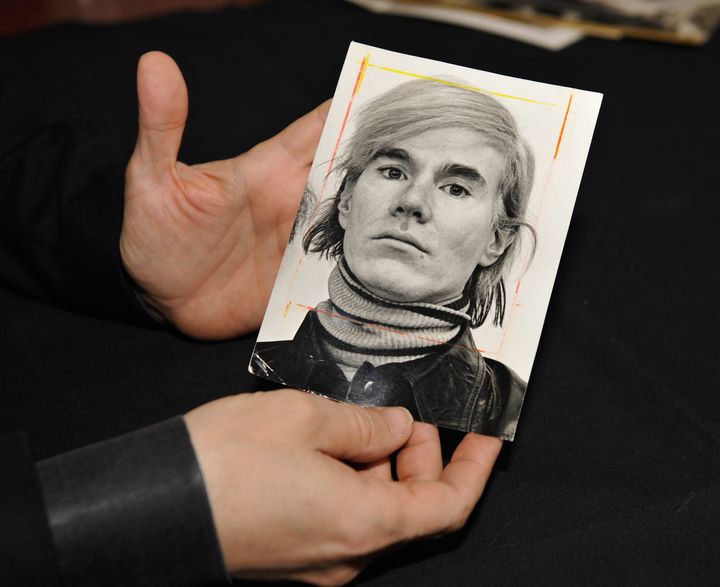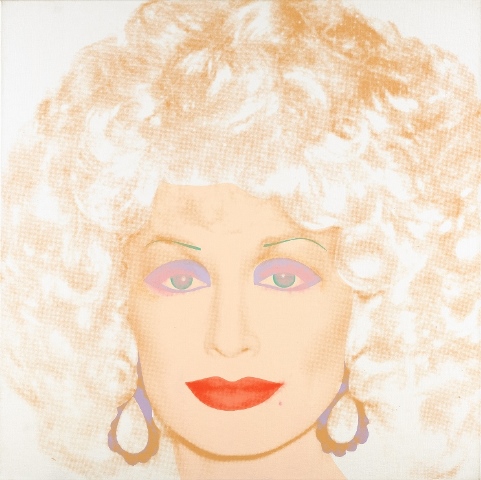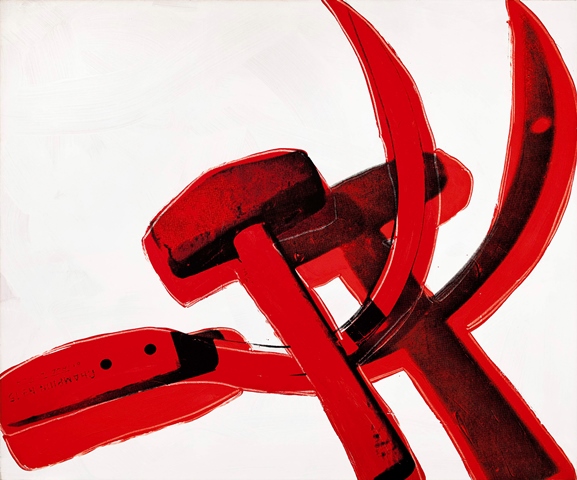
On the morning Andy Warhol died in 1987 (unexpectedly and prematurely, after a rather routine gall bladder surgery), I was opening the Soho gallery where I worked in New York. Across the street at that moment was an exhibition of Warhol's publications, but that gallery wasn't open, and so the television reporters -- looking for a comment for the evening news -- came flooding in and demanded my on-air and immediate response. I was stunned and overcome with unexpected grief, and stumbled through a prediction that hereafter we'd be talking about the "post-Warhol years," as I choked back tears lamenting the loss of a cultural giant.

We are indeed living today in those post-Warhol years, and his impact and importance is ever present. Some say Warhol's prediction that "in the future everyone will be world-famous for 15 minutes" foretold the rise of reality television and its stars. Nearly all of his work -- not just the legendary soup cans and superstars -- is now iconic and widely sought after, commanding serious prices in the art market.

Andy Warhol, Dolly Parton, 1985, Synthetic polymer paint and silkscreen ink on canvas, 42 x 42 in. Photography by Robert LaPrelle © 2011 The Andy Warhol Foundation for the Visual Arts, Inc. / Artists Rights Society (ARS), New York. Courtesy of Crystal Bridges Museum of American Art, Bentonville, AR
A 1977 painting by Warhol called Hammer and Sickle has just gone on view at Crystal Bridges. It is one that confounded many when it was made, but in the context of a museum collection spanning the history of American art, it has great resonance about the times and Warhol himself.

With the Cold War entering its fourth (and final) decade in 1977, the Communist image had lost some of its power to agitate and incite. Warhol viewed it as a quaint still life -- even photographing actual hardware store tools, rather than using the iconic flag images -- a Pop icon. Painted with flourish in lush and vivid reds, the work brought beauty to a once reviled symbol. As he had done with so many once-inflammatory subjects, Warhol neutralized the hammer and sickle. It reminds us today of the power of his Pop stylizations, and the once-oppressive presence of the Cold War.